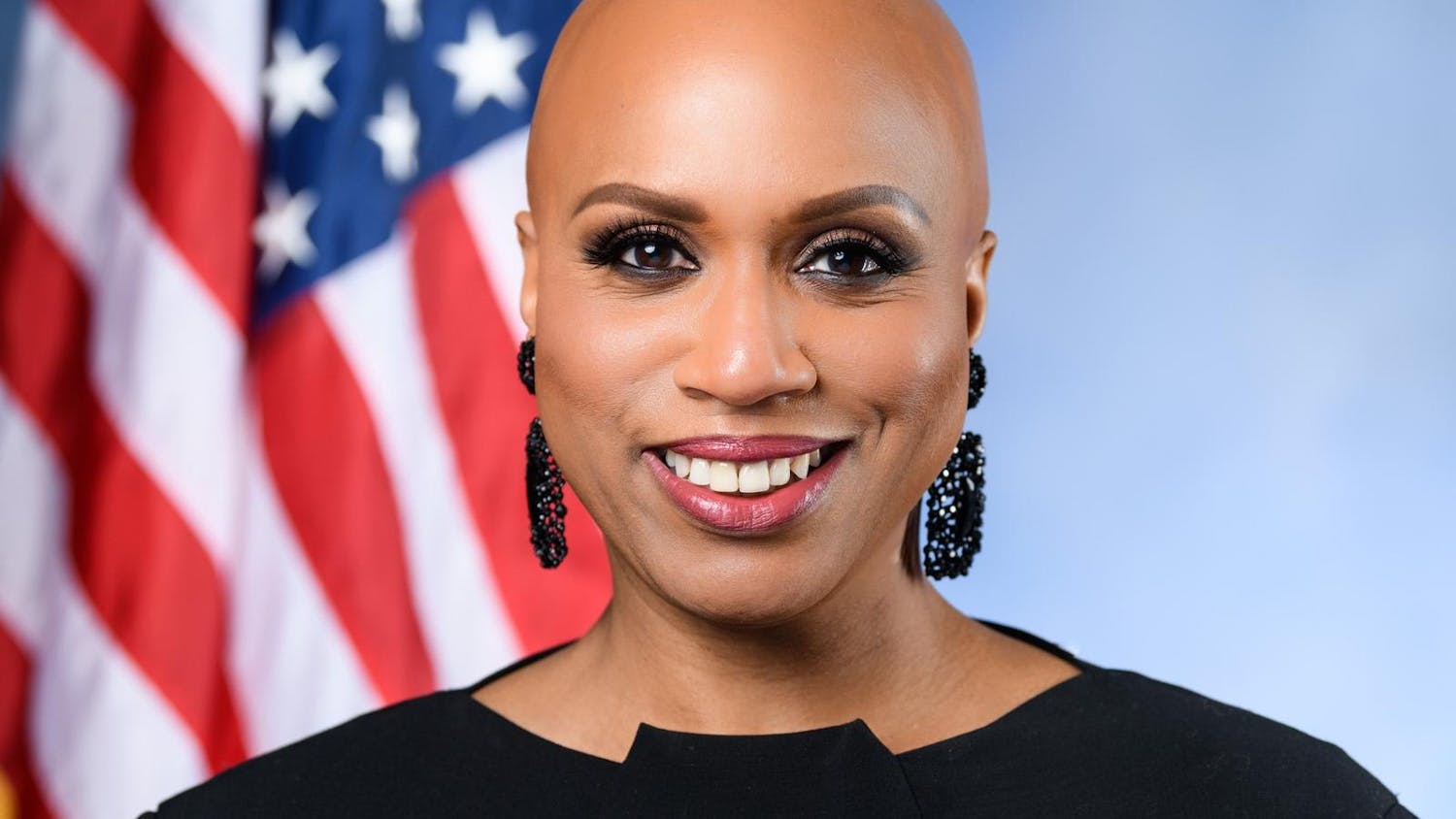Construction began this week on a new advising and tutoring resource center on the third floor of the Sciences Library, the creation of which was recommended in 2007 by the Undergraduate Science Education Committee to better support students taking science and math classes.
Barbara Schulz, the University Library's head of facilities and business services, said the space was emptied and closed early this summer. Though there is no fixed date of completion, she said construction could be completed as early as January.
David Targan, associate dean of the College for science education, said one of the center's main features will be a central area for large study sessions led by professors. The space, which will include seven closed rooms with smartboards, can also be employed as a meeting place for smaller study groups.
The front will feature a reception area staffed by a new science program coordinator, said Harriette Hemmasi, Joukowsky Family University Librarian. A large open space near the front of the center will be able to host lectures held by professors, Targan said.
Other design features of the center include televisions — one of which will broadcast a live feed from NASA — individual study cubicles, a kitchenette and diagrams and pictures of different scientific processes.
As construction begins, workers are removing asbestos from the third-floor area. Though some students were alarmed by signage announcing the asbestos work, Hemmasi said the removal was "very contained."
The abatement began Monday, Schulz said, adding that it "should be done by the end of the week."
The need for better academic support for students in science classes, which the science education committee identified, was later endorsed by the Task Force on Undergraduate Education in its final report last fall.
In a summary of its recommendations, the task force wrote that the center could "bring together, under one roof, Brown's many departmentally based peer-advising and tutoring networks in math and science, while also enhancing opportunities for students to work with faculty on research projects and community outreach activities."
The center was "designed to encourage people to come," Hemmasi said. It was important that the center have "a variety of spaces, and also spaces that would be flexible," she said.
In addition to the full-time staffer, professors will serve shifts in the third-floor area to provide students with "coaching and teaching as well as advising," Hemmasi said. Their jobs will include everything from helping students with homework to advising them as to how to fund research projects.
Unlike other study centers, like the SciLi's Friedman Study Center, the new resource center will focus especially on science and give students interested in science a space to interact, Targan said.
The center will also extend the resources of several campus programs aimed at helping science students achieve their goals, such as the Math Resource Center and the Women in Science and Engineering program, Targan said.
Blake Monroe '13, who is concentrating in chemical physics, said he had heard of the project deans had planned but had "no idea what they are hoping to do."
Monroe said he was very receptive to the idea of the small group-study rooms in particular, adding that it would be nice to have a place "where you could go and talk without being afraid of disrupting people around you."
Lu Zeng '12, an applied mathematics and economics concentrator, agreed that the SciLi would benefit from more such spaces. "Especially for science and math you need medium-volume spaces where you can kind of argue over a problem," she said.




